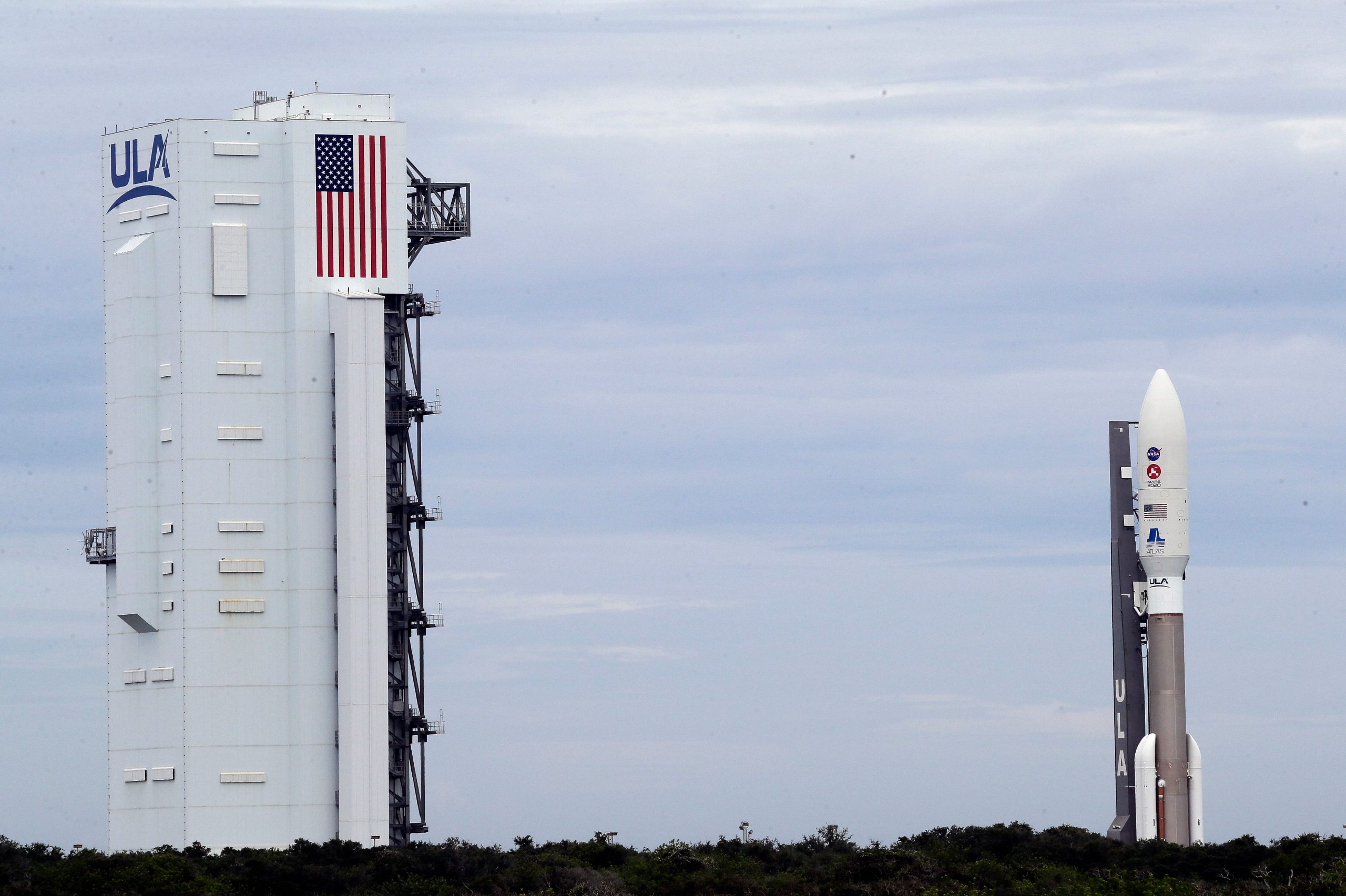The National Aeronautics and Space Administration’s (NASA) Perseverance Rover will take off for the Red Planet on July 30, from the Cape Canaveral Air Force Station, Florida. It is scheduled to land on Mars on 18 February 2021.
Here is everything you need to know about NASA’s Perseverance rover:
The rover is 3 metre long, 2.7 metre wide, 2.2 metre high and weighs 1,025 kg.
Upon landing, the rover will search for the existence of past microbial life, if it existed, NASA said. It’ll collect soil and rock samples, put them in tubes and leave them on the Martian surface to be brought to the Earth, on a future date. The samples will be brought back on the Earth in a separate mission, using a ‘fetch’ rover.
It’ll study Mars’ geology and will test how the future astronauts who might land on it, would convert carbon dioxide into oxygen.
Also, it’ll explore Mars’ Jezero Crater for at least one Martian year (about 687 Earth days). It’ll deploy a drone-like helicopter to demonstrate the first powered flight on Mars.
It’ll be carrying a number of advanced payloads, which includes:
- Mastcam-Z: Camera system to take high-resolution pictures and videos of Martian surface
- MEDA: Short for Mars Environmental Dynamics Analyzer, it will make weather measurements including wind speed and direction, temperature, pressure, amount and size of dust particles on Mars
- MOXIE: Short for Mars Oxygen In-Situ Resource Utilization Experiment, it will demonstrate how future explorers might produce oxygen from Martian atmosphere
- PIXL: Short for Planetary Instrument for X-ray Lithochemistry, which carries a tool called an X-ray spectrometer, which will identify chemical elements at a tiny scale. It also has a camera, that will take pictures of rock and soil textures.
- RIMFAX: Short for Radar Imager for Mars’ Subsurface Experiment, will probe the ground under the rover.
- SHERLOC: Short for Scanning Habitable Environments with Raman & Luminescence for Organics & Chemicals, it’ll search for organics and minerals that have been altered by watery environments and may be signs of past microbial life.
- SuperCam: It’ll examine rocks and soils with a camera, laser and spectrometers to seek organic compounds that could be related to past life on Mars.







